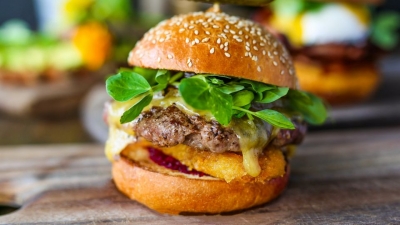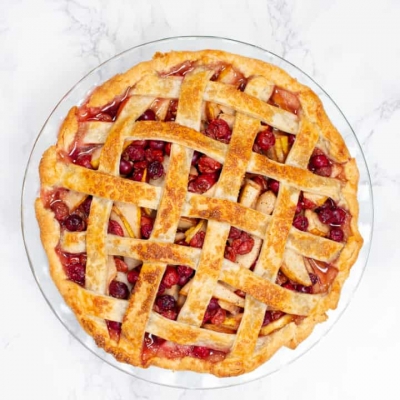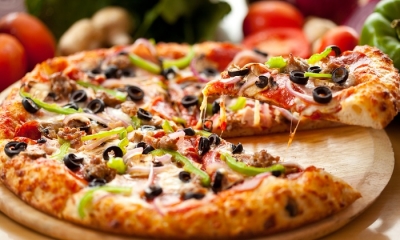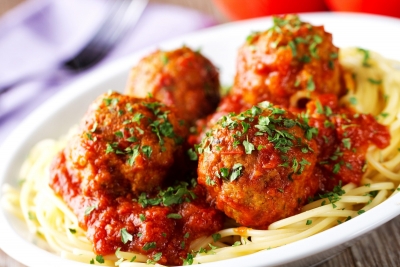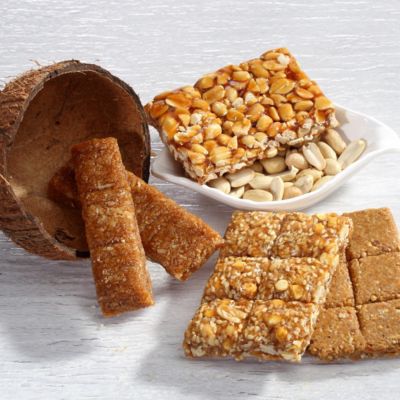What is the origin and history of Nuggets?
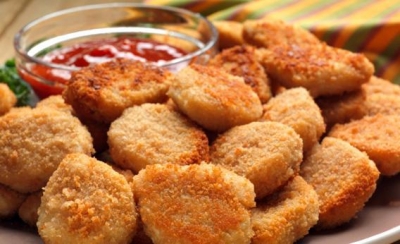
Chicken nuggets, whether served with burgers or with a dip, are one of the most highly consumed fast foods. Did you know the invention of this iconic snack is also related to the origin of a few other chicken-based dishes such as hot dogs and steaks?
Mincing and moulding
Robert C. Baker, a Poultry Sciences professor at Cornell University, New York, is often credited with the invention of chicken nuggets. Baker was worried about the fall in poultry sales after World War II. Passionate about poultry, he conducted a detailed research on poultry products as processed foods. Baker created a ‘predecessor’ of nugget, known as chicken sticks in 1963.
He made use of minced and moulded chicken, mixed with vinegar and salt.
The vinegar aided in removing the moisture and also bound the meat together.
Baker froze the chicken mixture before coating small nuggets of it with eggs and breadcrumbs. Following this, the nuggets were flash frozen at – 10 degree F, before being deep-fried at a high temperature.
This was the first time someone figured out how to keep ground meat together without a skin. Prior to his research, there was no batter that could remain intact in the process of freezing and deep frying.
Baker continued his research in the field and also invented a few other iconic processed foods such as chicken hot dogs and steaks.
A global hit
Chicken nuggets rose to fame when McDonald’s sold its first McNuggets in 1980. According to reports, McDonald’s was trying to create a successful chicken dish for several years, as the meat was cheap and highly profitable.
However, despite several attempts, they couldn’t create a successful dish. As chicken nuggets began to be consumed across the U.S., McDonald’s set up a team to research and come up with a nuggets recipe for their menu. In a few months, bite-sized chicken chunks, known as McNuggets began to be served in McDonald’s outlets. Following this, several other fast-food joints across the world began serving nuggets. In just a few years, the crispy deep-fried snack shot to global fame.
Peri-peri or parmesan?
There are several types of nuggets available for people with varied dietary preferences, from vegan to paleo and keto. There are also a wide range of quirky flavours such as parmesan, Korean BBQ, pretzel-crusted, honey garlic, coconut, peri-peri, lemon grass and wasabi.
A symbol of our era?
According to experts, in the half-century after 1961, per capita meat and egg consumption has doubled.
This timeline coincides with the invention of several poultry-based processed and frozen foods such as chicken nuggets and hot dogs.
Reports suggest future civilisations will find evidence of the anthropocene through the 50 billion-bird-a-year consumption in the fossil record.
Picture Credit : Google
